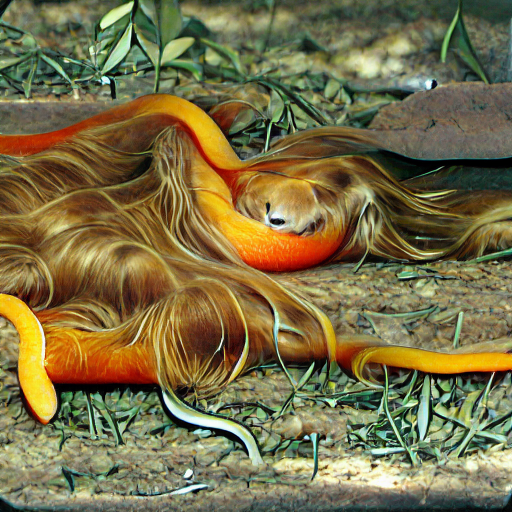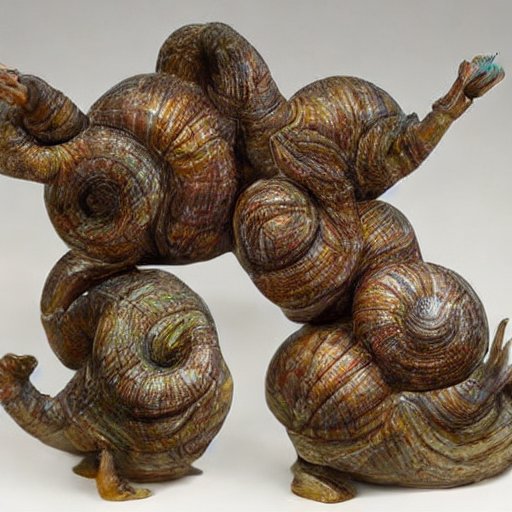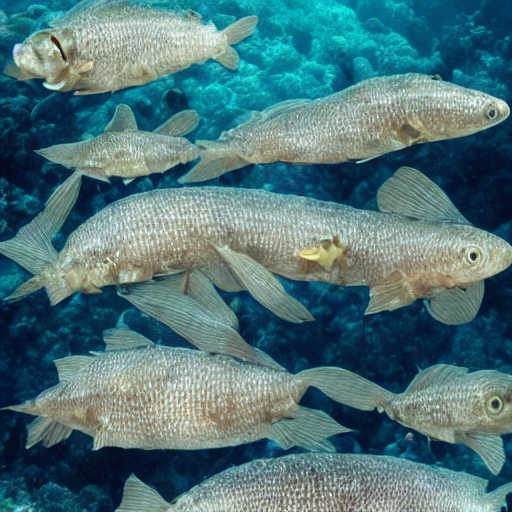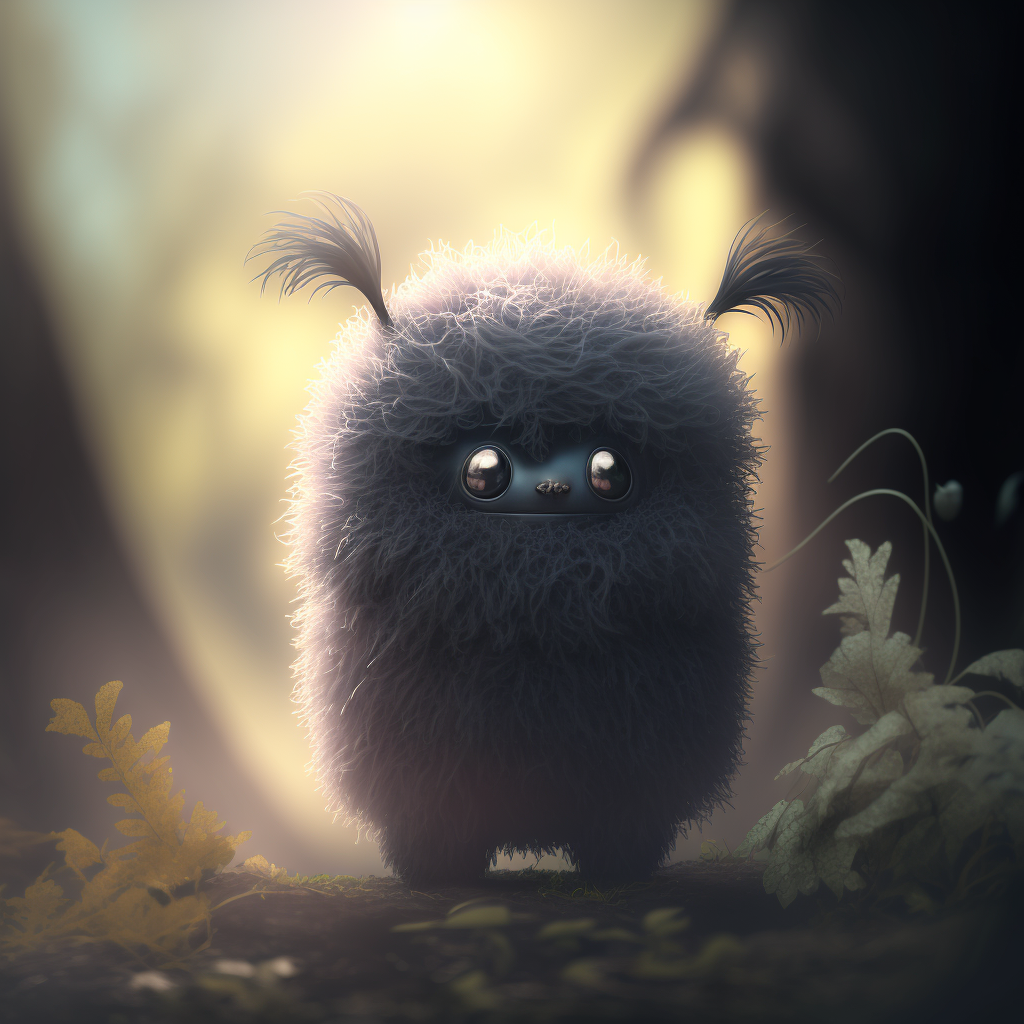
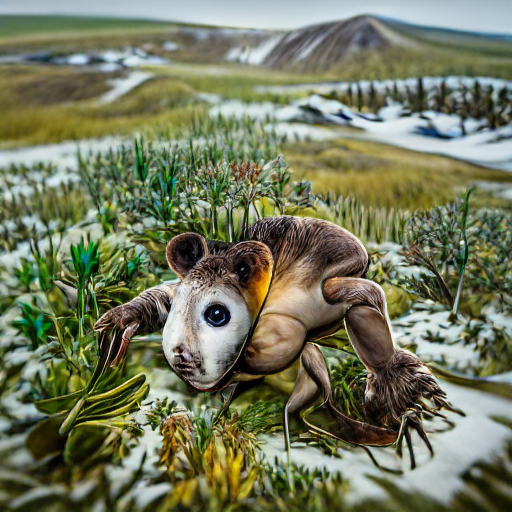
Fexodos are small, furry animals that somewhat resemble a cross between a bat and a mouse. They live in herds of around fifteen and need very little food, subsisting mainly on insects and fruits. Fexodos are social and affectionate animals, and are often kept as pets by humans. When frightened, they temporarily inflate their body to three times its normal size.
Explore an endless universe of ficticious life on NovelGens.

